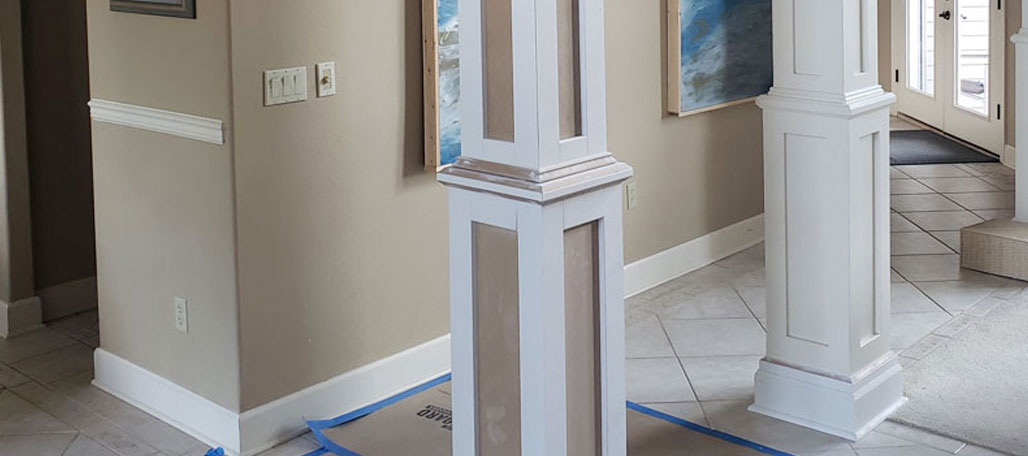CUSTOM WOODWORKING
Custom woodworking is the craft of creating bespoke wooden items and structures tailored to individual preferences and needs. It involves designing, building, and finishing unique pieces of woodwork that may serve both functional and decorative purposes. Here are some key aspects and activities related to custom woodworking:
Design and Planning:
- Custom woodworkers work closely with clients to understand their vision and requirements for the project.
- They create detailed plans and drawings that outline the design, dimensions, materials, and other specifications of the piece.
Material Selection:
- Wood selection is a crucial aspect of custom woodworking. Different types of wood offer varying aesthetics, durability, and cost considerations.
- Woodworkers must consider the wood's grain, color, hardness, and suitability for the project.
Construction:
- Custom woodworkers use a wide range of hand and power tools to shape, cut, join, and assemble wood pieces according to the design.
- Precise measurements and craftsmanship are essential to ensure the project's success.
- Ensuring precise measurements and high-quality craftsmanship.
Joinery Techniques:
- Woodworkers employ various joinery techniques such as dovetails, mortise and tenon, dado, and biscuit joints to securely connect wood pieces.
Finishing:
- Applying finishes like stains, varnishes, lacquers, or paint to protect the wood, enhance its appearance, and achieve the desired aesthetic.
- Sanding, polishing, and smoothing surfaces to create a professional finish.
Project Types:
Custom woodworking projects can encompass a wide range of items, including:
- Furniture: Custom tables, chairs, cabinets, and bookshelves.
- Built-ins: Custom-built cabinets, shelving, and storage solutions that are integrated into a space.
- Millwork: Custom millwork for architectural elements like moldings, trim, and paneling.
- Woodworking Art: Creating decorative wooden art pieces, sculptures, and carvings.
- Home Renovations: Custom woodworking in home renovations, such as installing custom trim or molding.
Repairs and Restoration:
- Custom woodworkers often handle repairs and restoration work for antique or damaged wooden items, ensuring that they are returned to their original condition.
Safety and Tools
- Adhering to safety practices when working with tools and machinery to prevent accidents and injuries.
- Maintaining and regularly servicing woodworking tools and equipment.
Client Collaboration:
- Regular communication with clients to ensure that the project meets their expectations and requirements.
- Providing updates on the project's progress and addressing any concerns.
Custom woodworking requires a high level of skill, creativity, and attention to detail. It allows individuals to have unique, one-of-a-kind wooden pieces that can be both functional and works of art.

